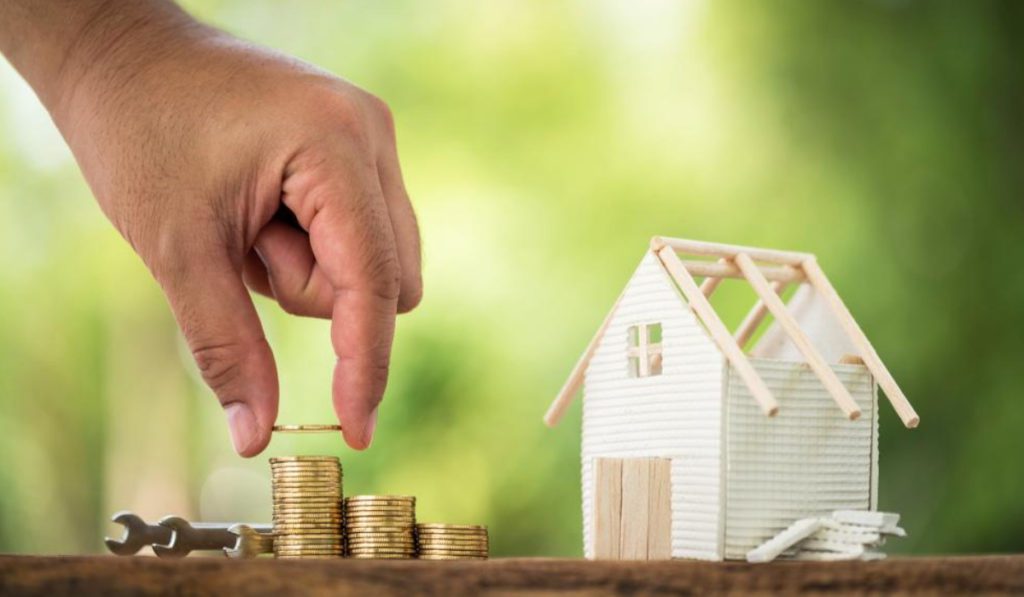If you’re planning to undertake a home improvement project, be warned: even the smallest upgrades can eat up huge chunks of your savings. But we can’t deny improving our own homes is a much favourable option than moving into a new one, especially considering the increasing house prices, stamp duty fees, and the overall shortage of property supply.
Remodelling your bathroom or kitchen, giving a new lease of life to the interior, or even building an extension to your backyard can make your property feel new. Irrespective of what home upgrades you want to incur, gathering funds for your home improvement project is vital.
Therefore, in this blog post, City Finance shares some of the best ways to raise money for home repairs so that you won’t have to entirely exhaust your years-long saving.
Credit Cards
Applying for a credit card can be an excellent way to fund a home repair project, especially if you need a small amount. Banks usually provide credit cards to their clients that they must pay off at the end of every month. Some banks even offer 0 per cent interest credit cards.
Why you should use credit cards for home repairs:
- Fast cash whenever you need it
- Opportunities to earn lucrative rewards and points.
Why you shouldn’t use credit cards for home repairs:
- In case a payment is missed, you might have to pay high interest and fees
- Possibility of spending more than you can actually afford.

Home Improvement Loans
These are unsecured loans, which means financial establishments require no collateral for the advance. Home improvement loans are perhaps the most preferred option by homeowners seeking to fund their home repairs.
Plus, even if you default on the loan, the lenders would not be able to touch your assets. Nonetheless, be aware that these loans can come accompanied with high-interest rates and fees. They also have lower borrowing limits in contrast to secured loans.
Why you should use home improvement loans for home repairs:
- Fast cash service is available as most home improvement loans have a quick application process
- No collateral is required, which saves your home/assets from risk
Why you shouldn’t use home improvement loans for home repairs:
- Potentially high-interest rates and fees
- They offer short repayment terms and can negatively impact your credit score.
Secured Loans
Unlike home improvement loans, a secured loan requires collateral, usually your home or car. Although a secure loan comes with lower interest rates and is more flexible, they do put your assets at risk.
But they are a great option to fund your project if you need higher sums of money. Just keep in mind that if you fail to repay the debt, the lender can become the legal owner of your property.

Why you should use secured loans for home repairs:
- Offer larger sums of cash at a lower interest rate
- Repaying the debt on time can enhance your overall credit rating
- They tend to offer longer repayment terms
Why you shouldn’t use secured loans for home repairs:
- Lengthier application process as banks need time to evaluate the collateral
- In case you fail to pay back the loan can, you might lose possessions of your assets.
Remortgaging
This is yet another great solution for homeowners who need large sums of money for home repairs. If you have sufficient equity in your property, a remortgage can provide you ample money to invest in the home improvement project.
Why you should use secured loans for home repairs:
- Potential for securing better interest rates
- Option of consolidating debts into one monthly payment.
Why you shouldn’t use secured loans for home repairs:
- It could be lengthy
- If you fail to pay on time, your property could be repossessed
- Your mortgage will be stretched longer
There indeed are numerous ways to raise money for home repairs, but keep in mind that each option comes with pros and cons. As long as you avoid getting a loan you cannot afford and closely assess your circumstances, there’s always a way to carry out the home upgrades you have been dreaming about.






